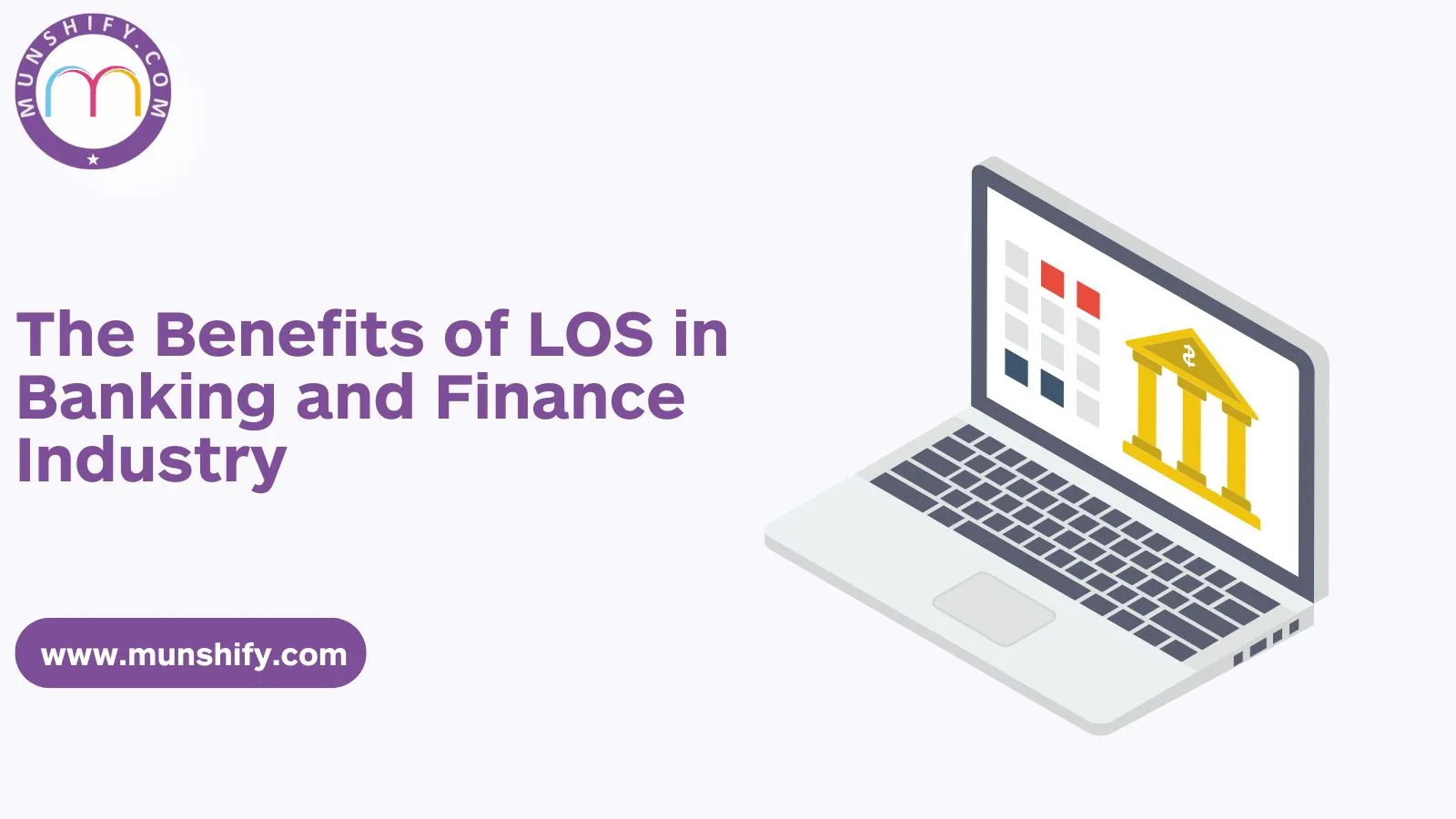In the dynamic realm of banking and finance, LOS in Banking play a pivotal role in streamlining processes and enhancing operational efficiency. LOS are comprehensive software solutions designed to manage the entire loan lifecycle, from application to funding. This blog explores the multifaceted advantages that LOS bring to the banking and finance sector, highlighting their impact on productivity, customer experience, and regulatory compliance.
Table of contents
- The Need for LOS in Banking
- Streamlined Loan Processing
- Enhanced Customer Experience
- Improved Compliance and Risk Management
- Operational Efficiency and Cost Savings
- Enhanced Data Security
- Scalability and Flexibility
- Analytics and Business Intelligence
- Seamless Integration with Existing Systems
- Real-Time Decision Making
- Enhanced Regulatory Compliance
The Need for LOS in Banking
Financial institutions are faced with increasing demands for faster service, stricter regulatory compliance, and enhanced customer experiences. Traditional loan processing methods, often plagued by manual errors and lengthy turnaround times, are no longer sufficient to meet these challenges. This is where LOS in Banking comes into play. By automating and streamlining the loan origination process, Loan origination System ensures accuracy, speed, and consistency, ultimately enabling banks and lenders to stay competitive, comply with regulations, and deliver superior service to their customers.
Understanding The Loan Origination System: A Complete Guide – Read here
Streamlined Loan Processing
In the competitive banking landscape, speed and accuracy are crucial. LOS in Banking streamline the entire loan processing workflow, starting from application submission to approval and disbursement. By automating routine tasks such as data entry, credit scoring, and document verification, LOS in Banking minimize processing times and ensure consistent decision-making processes across all loan applications.
Enhanced Customer Experience
For borrowers, a seamless and transparent loan application experience is paramount. LOS in Banking enable financial institutions to offer a user-friendly interface that guides applicants through each step of the process. Automated updates and notifications keep borrowers informed about the status of their applications, fostering trust and satisfaction.
Improved Compliance and Risk Management
Compliance with regulatory requirements is a cornerstone of the banking industry. LOS in Banking are equipped with built-in compliance features that help institutions adhere to various regulations, such as Know Your Customer (KYC) and Anti-Money Laundering (AML) guidelines. By automating compliance checks and audits, Loan Origination System mitigate risks associated with non-compliance and ensure adherence to industry standards.
Operational Efficiency and Cost Savings
Efficiency gains achieved through LOS in Banking implementation translate into significant cost savings for financial institutions. By reducing manual effort and minimizing error rates, Loan Origination System optimize resource utilization and operational workflows. This efficiency not only accelerates time-to-market for new loan products but also enhances overall profitability and competitiveness in the market.
Enhanced Data Security
In an era marked by increasing cybersecurity threats, LOS in Banking bolster data security measures by centralizing information within a secure environment. Role-based access controls, encryption protocols, and regular security audits safeguard sensitive borrower information, ensuring compliance with data protection regulations and enhancing trust among stakeholders.
Scalability and Flexibility
Loan Origination System are designed to accommodate the evolving needs of financial institutions, supporting scalability as loan volumes grow and business requirements change. Cloud-based LOS in Banking solutions offer flexibility in deployment, enabling institutions to adapt quickly to market dynamics and scale operations without significant infrastructure investments.
Analytics and Business Intelligence
Data-driven insights provided by Loan Origination System empower institutions to make informed decisions and optimize lending strategies. Advanced analytics capabilities enable predictive modeling, trend analysis, and performance tracking, facilitating proactive risk management and identifying opportunities for portfolio diversification and growth.
Seamless Integration with Existing Systems
Integrating LOS in Banking with existing banking systems and third-party applications enhances operational efficiency and data interoperability. APIs and middleware facilitate seamless data exchange, enabling real-time information sharing and workflow automation across multiple platforms without disruption to existing processes.
Real-Time Decision Making
LOS in Banking empower lenders with real-time access to critical borrower information, enabling swift decision-making and personalized loan offerings. Automated credit scoring algorithms and pre-configured decision rules streamline approval processes, reducing turnaround times and enhancing responsiveness to borrower needs.
Enhanced Regulatory Compliance
By centralizing compliance functions and automating regulatory reporting, LOS in Banking mitigate compliance risks and ensure adherence to evolving regulatory requirements. Built-in audit trails and reporting functionalities provide transparency and accountability, supporting regulatory audits and inspections.
In conclusion, Loan Origination Systems (LOS) represent a cornerstone of innovation in the banking and finance industry, offering a host of benefits that extend beyond operational efficiency. From streamlined loan processing and enhanced customer experience, LOS empowers financial institutions. It also enables improved compliance, cost savings, and data security, allowing them to navigate complexities with agility and precision. As technology continues to evolve, LOS in the banking sector will continue to play a pivotal role in shaping the future of lending. It will drive growth and deliver value to stakeholders.
Take charge of your loan processing efficiency with Munshify LOS. Enhance customer satisfaction and ensure compliance seamlessly. Explore the benefits of our cutting-edge Loan Origination System today.


